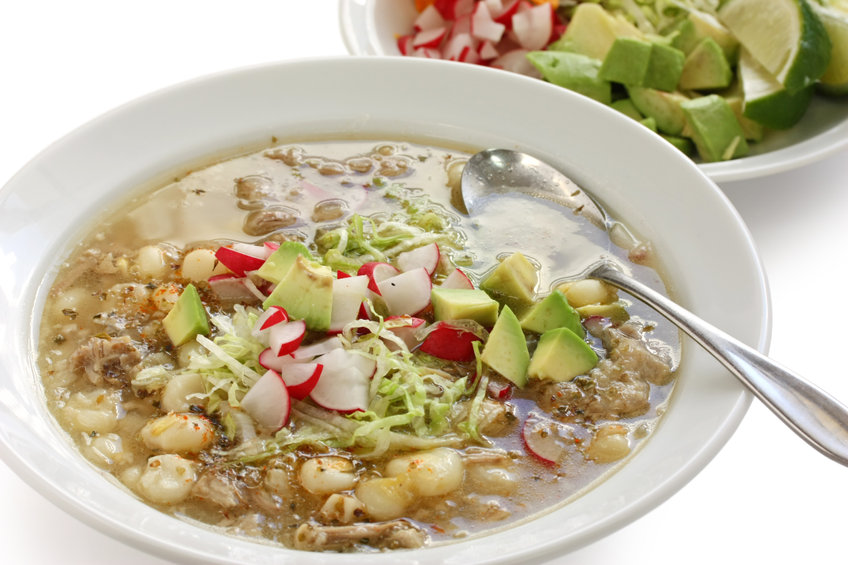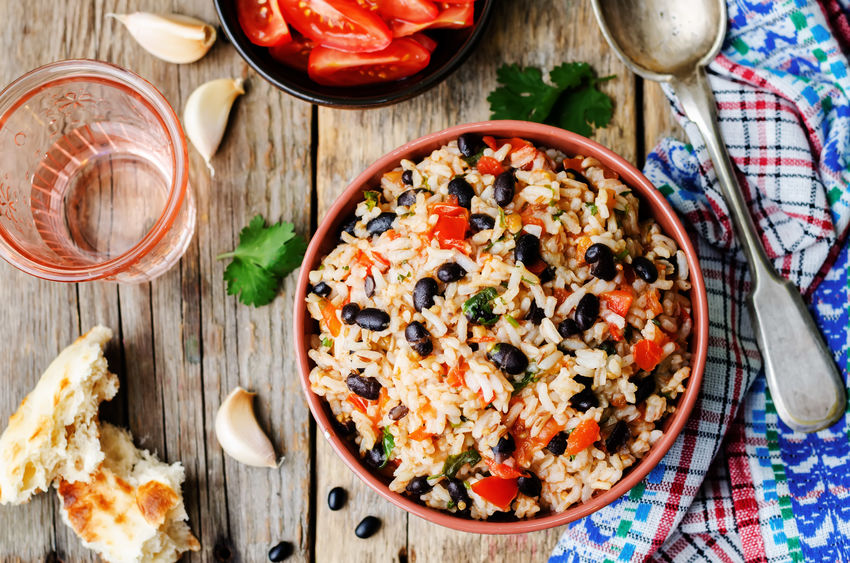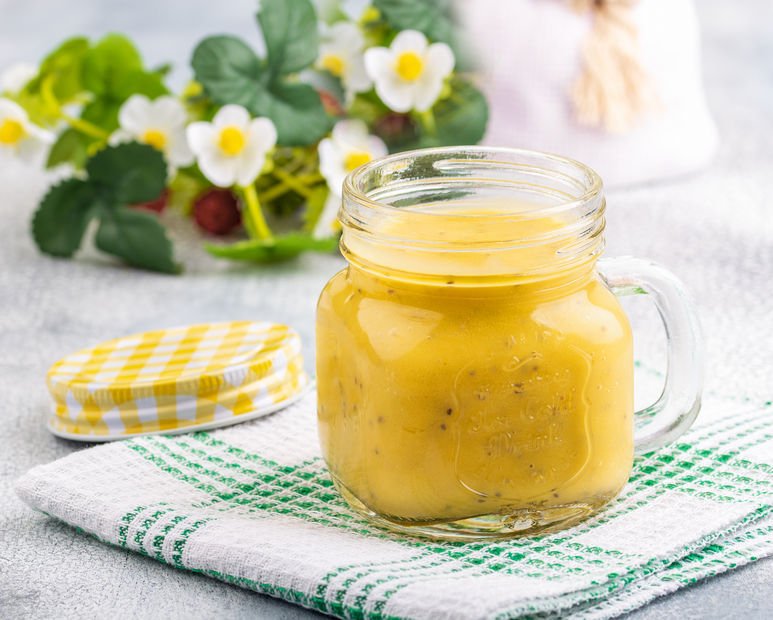The Function of Fiber
By Noel Ugarte, MS, RD | Registered Dietitian
Let’s talk about fiber. I’m sure most of us have heard that fiber is good for us – but how? It turns out that fiber can help manage and prevent many diseases.
What is Fiber?
Fiber is plant material that our bodies cannot fully digest. This means that the only food sources of fiber are plants. Vegetables, fruits, whole grains, and beans are all excellent sources of fiber. Fiber is a functional food. This means that as fiber travels through our bodies, it does different helpful jobs. But how does undigested plant material traveling through our body help improve our health?
Type 2 Diabetes
Fiber is technically a type of carbohydrate. The great news is, as stated above, we do not have the digestive tools to break it down into sugar. Instead, our stomachs break down fiber into smaller pieces. This takes a long time for our stomachs to do. Slower digestion time means that blood sugar levels will rise at a slower rate. This is great news for people who are trying to keep blood sugar levels steady. The American Diabetes Association recommends diabetics consume adequate fiber in their diets each day to help manage diabetes.
Whole grain bread, brown rice, beans, whole wheat pasta, oatmeal, popcorn, and potatoes with skins are all examples of high fiber carbohydrates.
Broccoli, carrots, onions, cauliflower, asparagus, green beans, eggplant, cucumbers, and celery are all examples of non-starchy vegetables. These vegetables do not raise blood sugar levels like potatoes and corn do. They are also packed with fiber!
High Cholesterol
Fiber may also help to lower LDL cholesterol (bad cholesterol) levels. Specifically, soluble fiber has been shown to help with this. Soluble fiber is a type of fiber that softens and grows when it comes into contact with liquid. Imagine what happens when you cook rice, oats, or dried beans – they soften and grow in size! As this thick fiber travels through your gut, it grabs some cholesterol that you ate in your meal and stops it from getting absorbed into your blood.
You can get soluble fiber into your diet by eating more lentils, beans, oats, chia seeds, fruits such as apples, oranges, and bananas, and vegetables such as brussels sprouts, carrots, and potatoes.
General Gut Health
Fiber is the main food source for the bacteria in our gut. It may not sound good to have bacteria in your gut, but in fact, these intestinal friends are necessary and help us to stay healthy. As they eat (or, rather, ferment) the fiber, they produce gas. This is why fibrous foods can sometimes cause bloating and gas! It’s important we feed them well in order to keep our gut bacteria flourishing.
According the the American Cancer Society, fiber has been linked to lowering colorectal cancer risk. It can also help to prevent polyps and diverticulitis flares. This is because the undigested plant material acts as a brush, brushing clean the lining of our intestines as it makes its way through us.
Fiber can also help regulate bowel movements. The different types of fiber – soluble and insoluble – work to change the shape and texture of our stools. Soluble fiber absorbs water and becomes thick, insoluble fiber travels unchanged throughout the body making stools more bulky in size. These two functions – viscosity and bulking – help our stools to be more regular in schedule and texture.
The great news is that most fibrous foods have a mix of both types of fiber.
Weight Loss
Higher fiber diets have been linked to weight loss. Foods that are naturally high in fiber tend to be higher in vitamins and minerals and lower in calories. Think about the difference between cheese puffs and carrots. You can eat a lot more carrots for 100 calories than cheese puffs for 100 calories. Thus, when meals are higher in fiber, you are more likely to feel fuller for longer while taking in less overall calories.
How Much Fiber Do I Need?
Adult females should get about 25g fiber per day, and males should get about 38g fiber per day (or about 14g fiber per 1,000 calories per day).
If you are looking to increase your fiber intake, consider increasing your fiber intake slowly. Going from a low fiber diet to a normal fiber diet too quickly can cause abdominal pain and bloating. Try increasing intake by 5-10 grams every few days as tolerated and remember to drink plenty of water.
Take a look at some of these higher fiber foods. Which foods can you add into your diet today?
High Fiber Foods (4 grams or more)
| Food | Serving size | Grams of fiber |
|---|---|---|
| Artichoke | 1 medium | 10.3 |
| Beans, baked, plain | 1/2 cup | 5.2 |
| Beans, black | 1/2 cup | 7.5 |
| Beans, kidney, canned | 1/2 cup | 6.9 |
| Beans, lima | 1/2 cup | 6.6 |
| Beans, navy | 1/2 cup | 9.5 |
| Beans, pinto | 1/2 cup | 7.7 |
| Beans, white, canned | 1/2 cup | 6.3 |
| Blackberries | 1/2 cup | 3.8 |
| Bulgur | 1/2 cup | 4.1 |
| Cereal, high fiber, bran | 1/2 cup | 4-9 |
| Chickpeas, canned | 1/2 cup | 5.3 |
| Lentils | 1/2 cup | 7.8 |
| Mixed vegetables, frozen | 1/2 cup | 4 |
| Pear | 1 medium | 5.1 |
| Peas, green, frozen | 1/2 cup | 4.4 |
| Peas, split | 1/2 cup | 8.2 |
| Potato, baked with skin | 1 medium | 4.4 |
| Potato, sweet, baked with skin | 1 medium | 4.8 |
| Quinoa | 1/2 cup | 5 |
| Raspberries | 1/2 cup | 4 |
| Soybeans | 1/2 cup | 5.1 |
Moderate Fiber Foods (1-3 grams)
| food | serving size | grams of fiber |
|---|---|---|
| Banana | 1 medium | 3.1 |
| Barley | 1/2 cup | 3 |
| Beans, green or yellow | 1/2 cup | 2 |
| Beets, canned | 1/2 cup | 1.5 |
| Blueberries | 1/2 cup | 1.8 |
| Bread, whole or cracked wheat, pumpernickel, rye | 1 slice | 2 |
| Broccoli | 1/2 cup | 2.5 |
| Brussels Sprouts | 1/2 cup | 2 |
| Cabbage | 1/2 cup | 1.4 |
| Carrots, frozen | 1/2 cup | 2.4 |
| Carrots, raw | 1/2 cup | 1.6 |
| Cauliflower | 1/2 cup | 2.5 |
| Cereal, bran w/ raisins | 1/2 cup | 3.4 |
| Cereal, wheat or oat | 1/2 cup | 2 – 4 |
| Cherries, canned or fresh | 10 cherries | 1.4 |
| Coconut, shredded | 1 oz. | 2.5 |
| Corn, canned or frozen | 1/2 cup | 2.1 |
| Cornbread | 2″x2″ piece | 1.4 |
| Crackers, whole wheat | 4 crackers | 1.7 |
| Cranberries | 1/2 cup | 2.6 |
| Dates, dried | 5 dates | 3.3 |
| Eggplant | 1/2 cup | 1.3 |
| English muffin | 1 english muffin | 2 |
| Figs, medium | 1 fig | 1.9 |
| Fruit cocktail, canned | 1/2 cup | 1.2 |
| Grapefruit | 1/2 cup | 1.4 |
| Greens, such as turnips, beets, collards | 1/2 cup | 1.6-3.2 |
| Kale, cooked | 1/2 cup | 1.3 |
| Kiwi | 1 medium | 2.3 |
| Melon | 1 cup | 1.4 |
| Muffin, oat bran | 2 oz. | 2.7 |
| Nuts, almonds | 1 oz. | 3.5 |
| Nuts, pistachios, pecans, walnuts | 1 oz. | 2-3 |
| Oat bran | 1/2 cup | 2.3 |
| Oatmeal | 1/2 cup | 2 |
| Okra | 1/2 cup | 2 |
| Orange, 2 1/2″ | 1 orange | 3.1 |
| Papaya | 1/2 papaya | 2.8 |
| Peaches, fresh or canned | 1 fresh or 1/2 cup canned | 1.5 |
| Peanuts | 1 oz. | 1 oz. |
| Pears, canned | 1/2 cup | 1/2 cup |
| Peas, green, canned | 1/2 cup | 1/2 cup |
| Pineapple, fresh | 1/2 cup | 1.1 |
| Plum, 2″ | 1 plum | 1 |
| Popcorn, air-popped | 1 cup | 1.2 |
| Prune juice | 1/2 cup | 1.3 |
| Prunes | 5 prunes | 3.5 |
| Pumpkin, canned | 1/2 cup | 3.6 |
| Raisins, seedless | 1/4 cup | 1.4 |
| Rice, brown or wild | 1/2 cup | 1.8 |
| Sauerkraut, canned | 1/2 cup | 3.4 |
| Seeds, sunflower or pumpkin kernels | 1/4 cup | 1.1 |
| Spaghetti, whole wheat | 1/2 cup | 3.2 |
| Spinach, canned | 1/2 cup | 2.6 |
| Spinach, frozen | 1/2 cup | 3.5 |
| Squash, all varieties | 1/2 cup | 2.9 |
| Strawberries | 1/2 cup | 1.7 |
| Tangerine | 1 tangerine | 1.5 |
| Tomato sauce, spaghetti or marinara | 1/2 cup | 3..3 |
| Tomatoes, raw | 1 medium | 1.5 |
| Tortilla, corn, 6″ | 1 tortilla | 1.6 |
| Veggie or soy patty | 1 patty | 3.4 |
| Wheat germ | 2 tbsp. | 1.7 |
We’re Here to Help
Learning the ins and outs of a healthy diet can be tricky. Whether you’re just getting started or need a refresher, NOAH nutrition educators are here to guide and support you in living your healthiest life. For more information on nutrition services at NOAH, visit our website, or call 480-882-4545.
Sources:
Academy of Nutrition and Dietetics
American Cancer Society Guideline for Diet and Physical Activity
Mechanisms of Dietary Fiber – Fiber Facts
Types of Carbohydrates | ADA (diabetes.org)
Whole Grains, Refined Grains, and Dietary Fiber | American Heart Association




